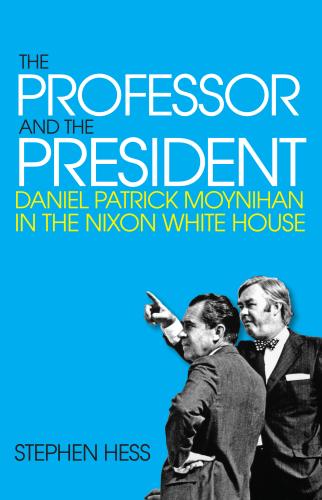The White House finally got an infusion of new blood last week when President Bush tapped budget director Joshua B. Bolten to replace Andrew H. Card Jr. as his chief of staff. About time, right? Well, actually, wrong.
The faces in the inner circle around Bush haven’t changed much in the last five years, though they’ve played some musical chairs.
Take Bolten himself—he was a top adviser from the beginning, and is now merely moving into his third job. But while the president remains surrounded by a small group of diehard loyalists who never jump ship, his White House on the whole, like Bill Clinton’s and Ronald Reagan’s before it, has had constant turnover. Sure, Karl Rove still has pretty much the same job, but more than 80 percent of Bush’s “A-Team”—the 64 key staffers identified by National Journal in June 2001—have moved to another position or left the administration altogether.
Extraordinarily high turnover is in fact the norm for the modern president, especially two-termers. But that isn’t necessarily a good thing. Too much turnover comes with costs—the loss of institutional memory, policy expertise and longterm relationships with other political players and institutions. And for a second-term president in troubled waters, that means that fresh blood might just help keep the sharks circling.
The Brookings Institution is committed to quality, independence, and impact.
We are supported by a diverse array of funders. In line with our values and policies, each Brookings publication represents the sole views of its author(s).








Commentary
Op-edWest Wing Shuffle
April 2, 2006